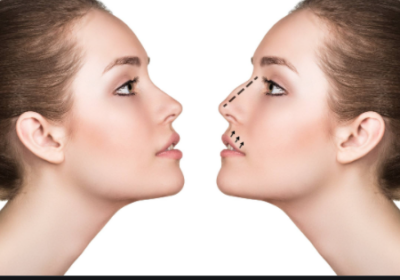Taking birth control pills could make it more likely for women to suffer from specific eye diseases later in life. This could be caused by reduced level of estrogen. It is widely known that cells in our eyes have receptors for estrogen. But in recent years, researchers have been looking into the possibility whether fluctuations of estrogen levels among women could increase their risk of having glaucoma as they go through their lives. Specific eye diseases may cause damages in their optic nerve and this is more common in those above 40. Although women can choose treatments to slow the progression of glaucoma down, there are currently no effective cures for this.
The team collected data from 3,406 of participants, who are women over 40. The Centers for Disease Control and Prevention administered the health survey.
Women who have been taking oral contraceptives for three years or more could be twice more likely to suffer from glaucoma. Nevertheless, the absolute risk of suffering glaucoma for women after age 40 is relatively small, at about 1.86 percent. This would mean that taking birth control pills may double the risk to about 4 percent.
The medical community has long believed that estrogen may offer a protective effect on our retina and birth control pills lower women’s overall exposure to the hormone over the month. This could be the reason why birth control pills may affect their eyes.
Birth control pills are aimed to suppress the spikes of cyclical estrogen level in women and over time the dampening effect could contribute directly to damages of the retina. The study concludes that women shouldn’t stop taking these pills and further studies is needed to find out whether the connection is real or it is just purely a coincidence.
Women from certain racial background, such as African Americans are more likely to suffer from glaucoma. Women with family history of glaucoma should also be aware. If they have been using birth control pills for years, this could be enough indication that they should be screened for eye diseases.
Glaucoma tests determine the internal pressure in the eyes and they are inexpensive, painless and fast. It is usually included in any routine eye exams among adults.
Previously, there was also another large-scale industry that looked into the connection between glaucoma and estrogen and the finding was published in 2011. It involved 75,000 women and indicated the role of estrogen level in increasing the risk of glaucoma.




Recent Comments